
1 / 14
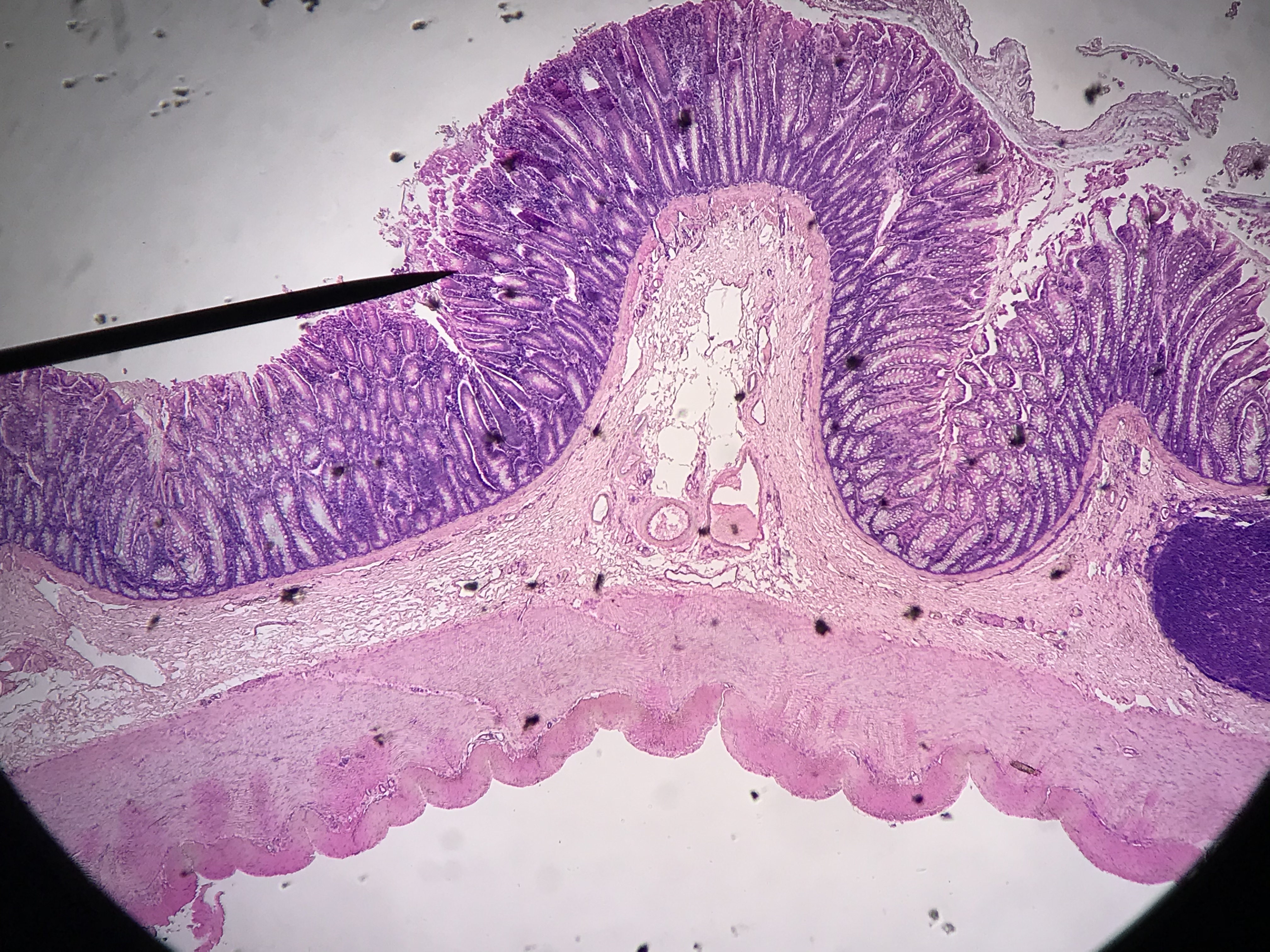
scanning
2 / 14
scanningr
3 / 14
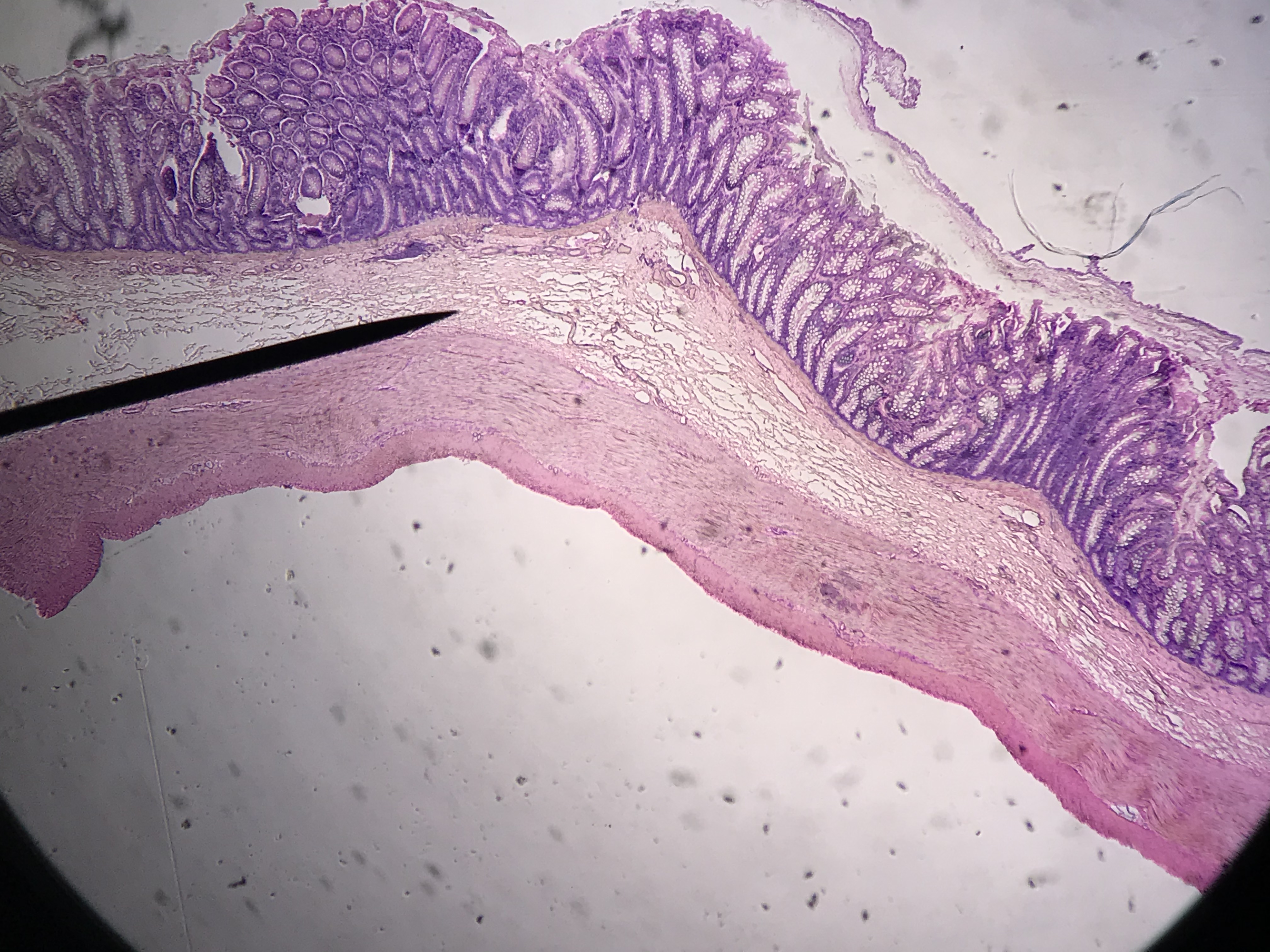
scanning
4 / 14
scanning
5 / 14
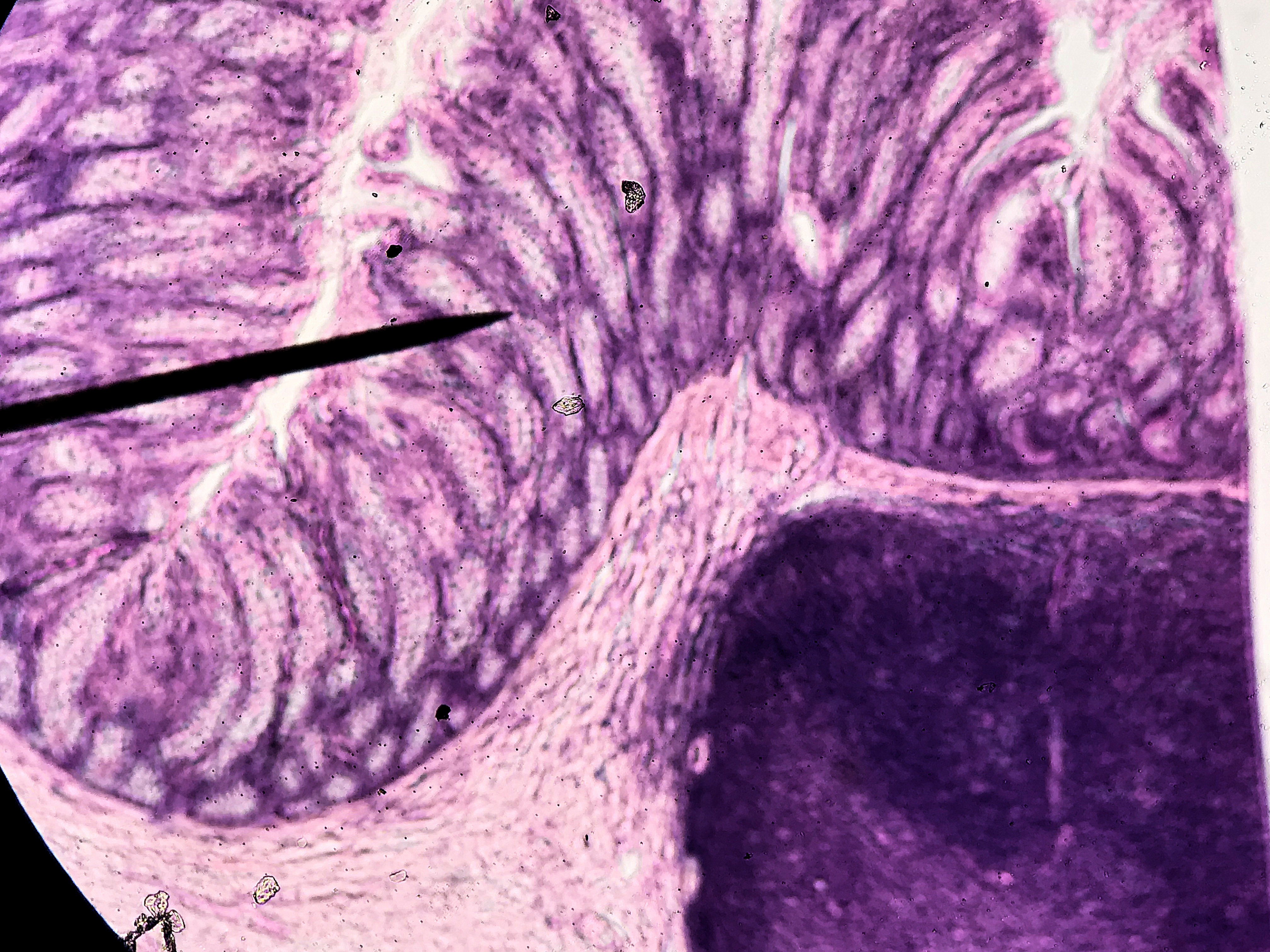
High Power
6 / 14
Low Power
7 / 14
Low Power
8 / 14
Low Power
9 / 14
Low Power
10 / 14

High Power
11 / 14
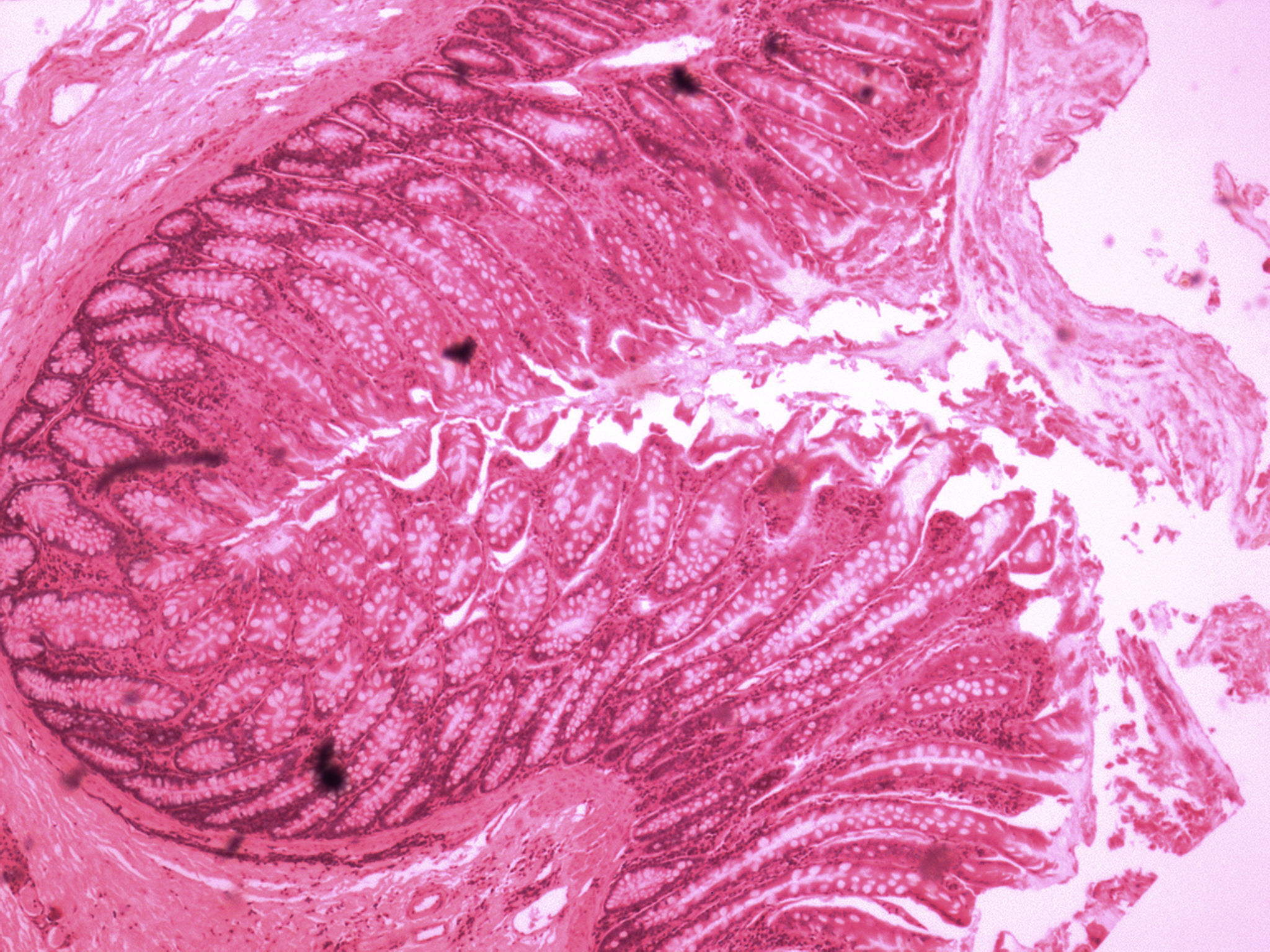
High Power
12 / 14
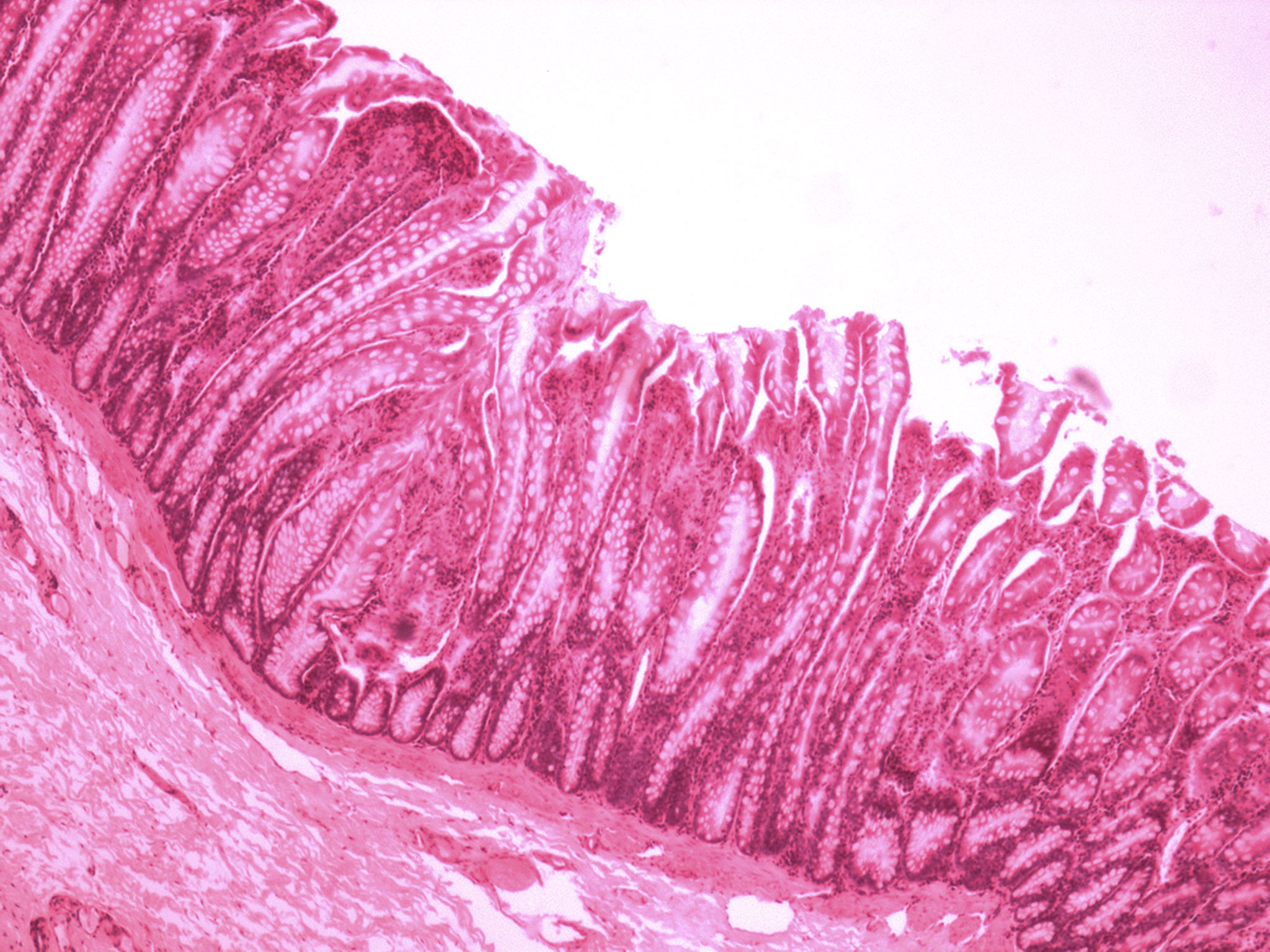
Low Power
13 / 14

High
14 / 14
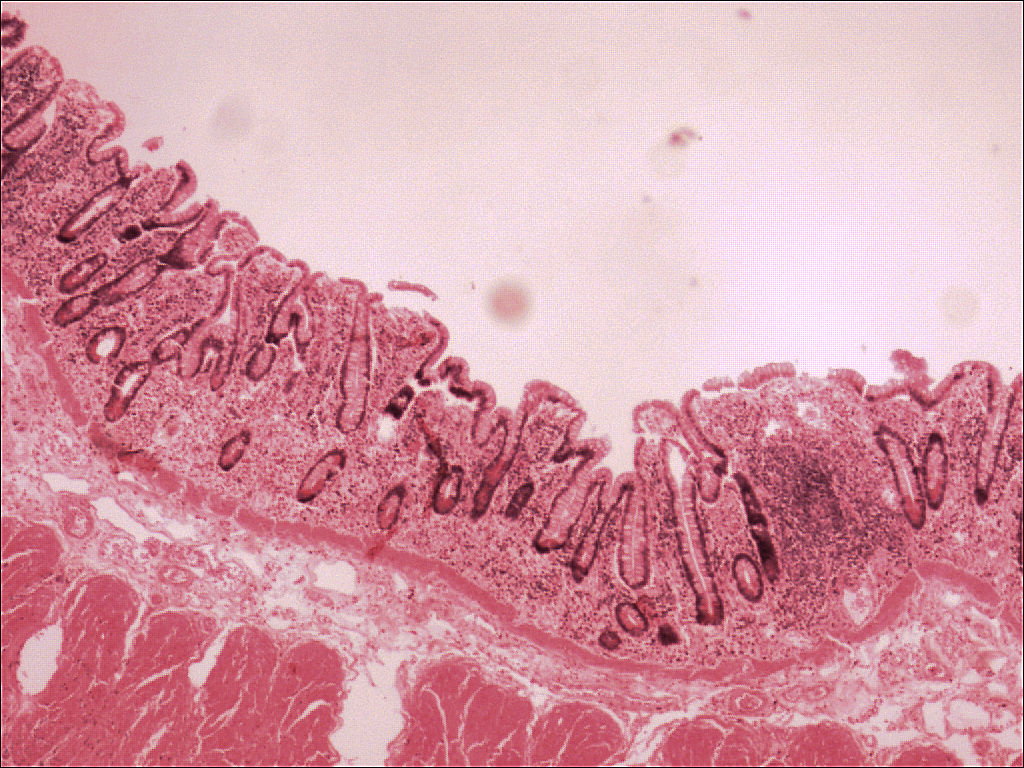
Scan